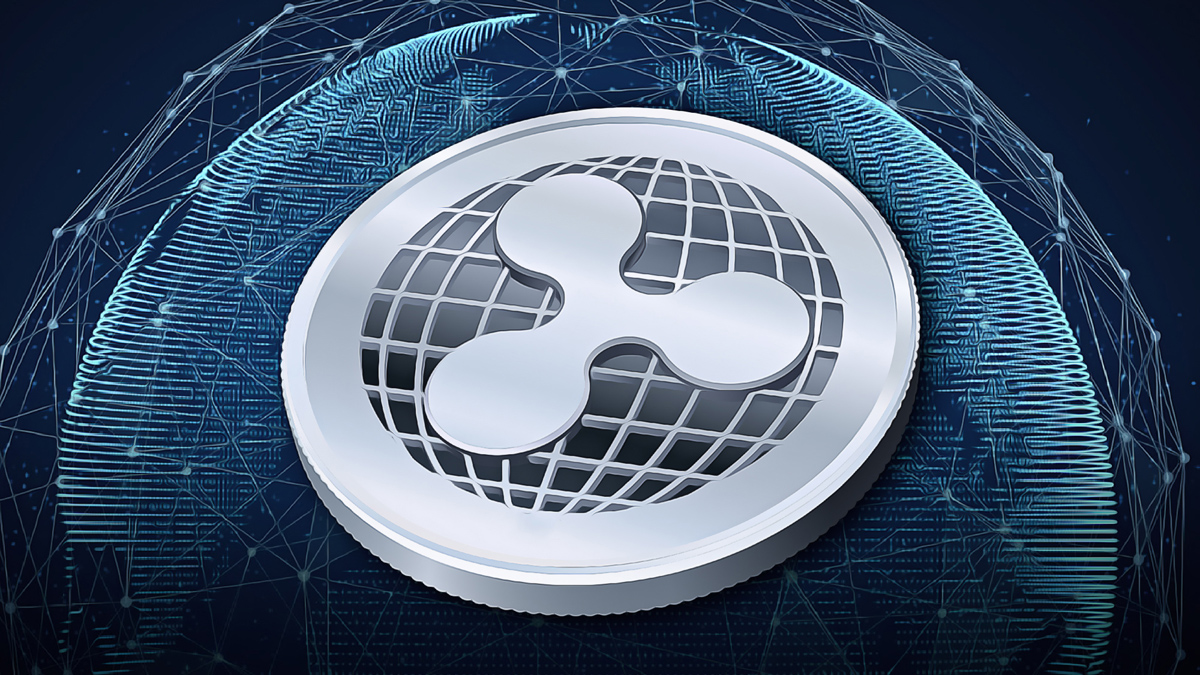Pyth Network offers a unique approach to price oracles by using secure data ranges and providing a more comprehensive view of market conditions. Its integration into multiple blockchain ecosystems, including both Solana  $152 and non-Solana chains, demonstrates its versatility and wide applicability. The network’s reward system, based on stake weighting, quality score, and calibration, promotes accuracy and reliability among its publishers and delegates. In this article, you can find answers to many questions about Pyth Network, which was recently listed on Binance, including what the Pyth Network is, what the native asset PYTH coin is, and how to buy PYTH coin.
$152 and non-Solana chains, demonstrates its versatility and wide applicability. The network’s reward system, based on stake weighting, quality score, and calibration, promotes accuracy and reliability among its publishers and delegates. In this article, you can find answers to many questions about Pyth Network, which was recently listed on Binance, including what the Pyth Network is, what the native asset PYTH coin is, and how to buy PYTH coin.
What is Pyth Network?
Pyth Network stands out as a new oracle solution that directly collects price data from exchanges, market makers, and trading firms. By offering data in secure intervals, Pyth Network provides a more nuanced view of market prices and uncertainties, especially during periods of high volatility or low liquidity.

Recognizing the challenge of defining a “true” price for assets traded on various platforms with different participants and liquidity profiles, Pyth Network addresses this by using secure data intervals. This approach goes beyond the limitations of a single price point, ensuring a more realistic view of the market and current liquidity conditions.
The functionality of Pyth Network is based on several core components, which can be summarized as follows:
- First-Party Publisher Oracle: Pyth Network ensures a high level of accuracy and timeliness in price data streams by sourcing data directly from primary sources.
- Secure Data Ranges: This innovative feature allows users to measure not only the price but also the degree of uncertainty surrounding it, a highly valuable trait in markets with high volatility.
- Multi-Chain Integration: Initially launched on its own Pythnet, a fork of the Solana codebase, Pyth Network also provides solutions for non-Solana chains through integrations like Wormhole.
Pyth Network operates based on three main stakeholder groups, which are listed as follows:
- Consumers: These are the users of the price feeds, primarily smart contracts and DeFi protocols. On Solana (Pyth v1), these feeds are free, while off-chain access through Pythnet (v2) requires small fees.
- Publishers: They are responsible for the price feeds and receive PYTH coin rewards along with a portion of the data fees. They need to stake PYTH coin and risk PYTH coin slashing for errors.
- Delegates: These are PYTH coin holders who have a stake in the price feeds, influence publisher weights, and earn insurance fees. They also face PYTH coin slashing risks if errors occur in the feeds they support.
Publishers within the Pyth Network are evaluated and rewarded based on three criteria:
- Stake Weight (s): The stake delegated to a publisher is measured on a scale from 0 to 1.
- Quality Score (q): Reflects the accuracy of a publisher’s price predictions and ranges from -1 to 1.
- Calibration (c): Assesses the accuracy of the secure data range reported by a publisher, with a score between 0 and 1.
How to Buy PYTH Coin?
PYTH coin can be safely bought and sold on the world’s largest cryptocurrency exchange, Binance, which generates substantial trading volume. PYTH coin was listed on Binance on February 2, 2024, and is available for trading in the PYTH/BTC, PYTH/USDT, PYTH/FDUSD, and PYTH/TRY pairs.
To purchase PYTH coin, you first need to sign up for Binance (if you do not have an account). Once your account is set up, you can transfer either cryptocurrencies or fiat money like Turkish lira to your Binance wallet. After completing the transfer, you can purchase PYTH coin in any of the five available trading pairs listed above.
Binance‘s PYTH/USDT trading pair interface allows users to specify the amount they wish to buy via the limit tab. After entering the amount, simply place a buy order to complete the transaction.

 Türkçe
Türkçe Español
Español








